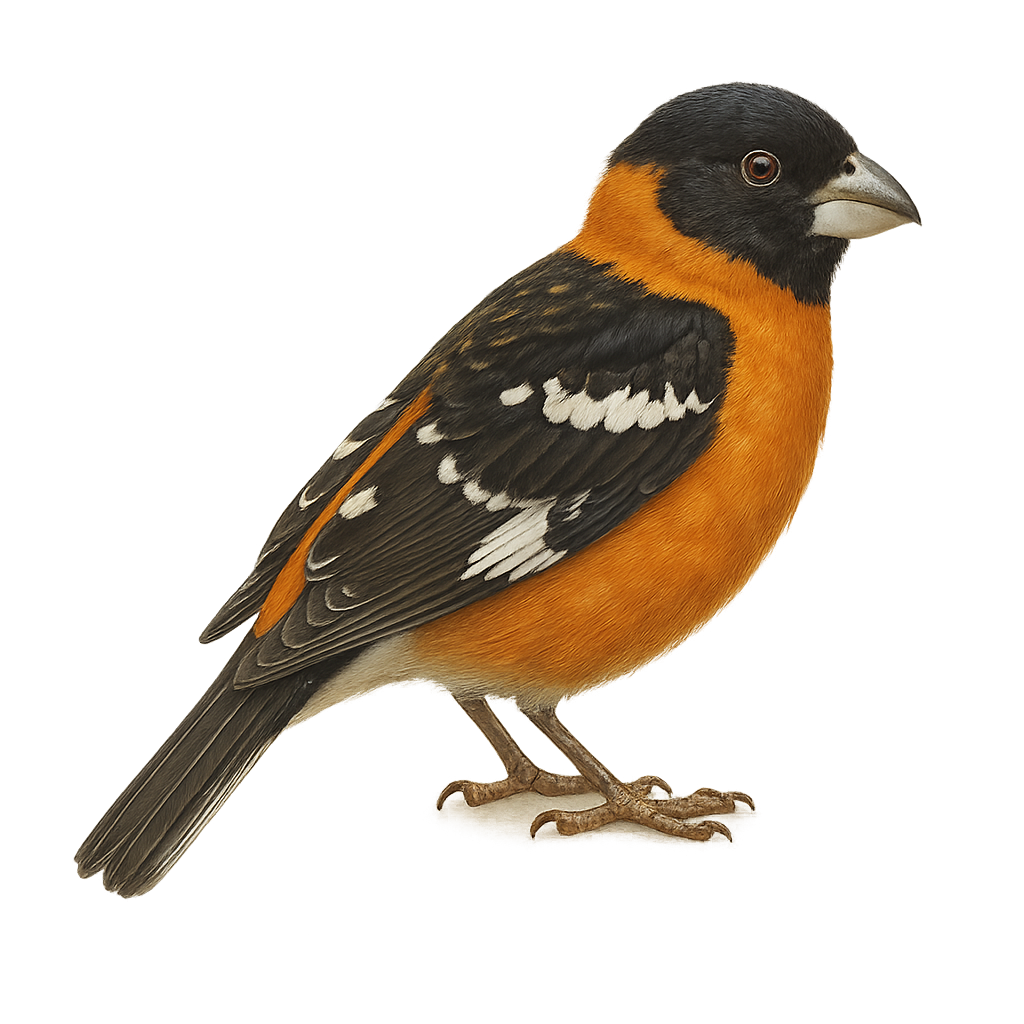Your wildlife photography guide.
Explore the black-headed grosbeak in detail, study its behavior, prepare your shots.
Where to observe and photograph the black-headed grosbeak in the wild
Learn where and when to spot the black-headed grosbeak in the wild, how to identify the species based on distinctive features, and what natural environments it inhabits. The WildlifePhotographer app offers tailored photography tips that reflect the black-headed grosbeak’s behavior, helping you capture better wildlife images. Explore the full species profile for key information including description, habitat, active periods, and approach techniques.
Black-headed Grosbeak
Scientific name: Pheucticus melanocephalus

IUCN Status: Least Concern
Family: CARDINALIDAE
Group: Birds
Sensitivity to human approach: Suspicious
Minimum approach distance: 10 m
Courtship display: May to June
Incubation: 12-13 jours
Hatchings: May to July
Habitat:
coniferous forests, open woodlands, forest edges
Activity period :
Primarily active during the day, with peak activity in the morning and late afternoon.
Identification and description:
The Black-headed Grosbeak is a medium-sized songbird known for its striking black head and contrasting orange and white body. It primarily inhabits coniferous forests and open woodlands in North America. Its melodious song is often likened to that of a robin. This migratory bird feeds mainly on seeds, fruits, and insects, playing a crucial role in seed dispersal and insect population control. Its breeding season spans from spring to summer, during which it builds nests in trees or shrubs.
Recommended lens:
400 mm – adjust based on distance, desired framing (portrait or habitat), and approach conditions.
Photography tips:
To photograph the Black-headed Grosbeak, it's advisable to use a telephoto lens of at least 400mm to capture detailed images from a distance. Look for wooded areas where these birds are active, especially in spring and summer. Be patient and discreet to avoid scaring them away. Opt for early morning or late afternoon hours to take advantage of soft, natural light. Use a tripod to stabilize your camera and achieve sharp images.
The WildlifePhotographer App is coming soon!
Be the first to explore the best nature spots, track rutting seasons, log your observations, and observe more wildlife.
Already 1 432 wildlife lovers subscribed worldwide

